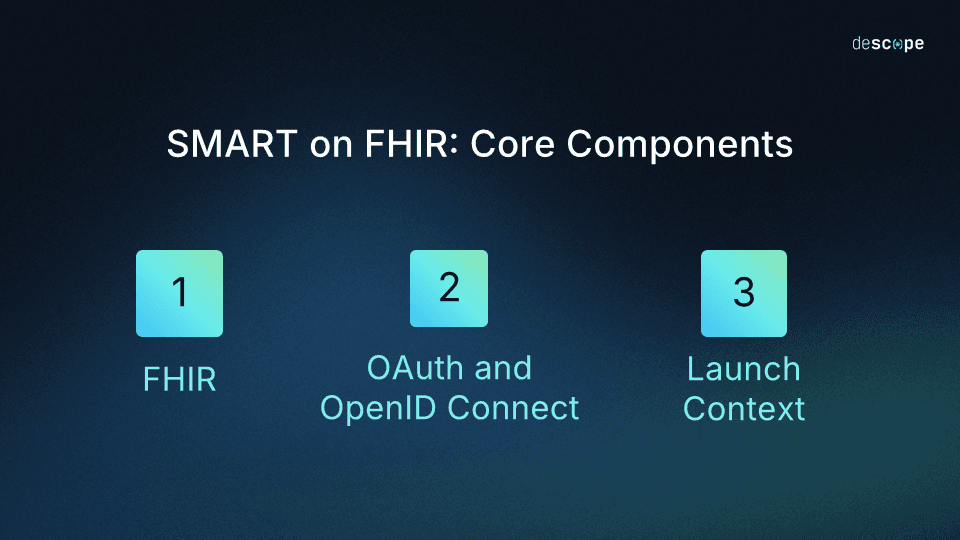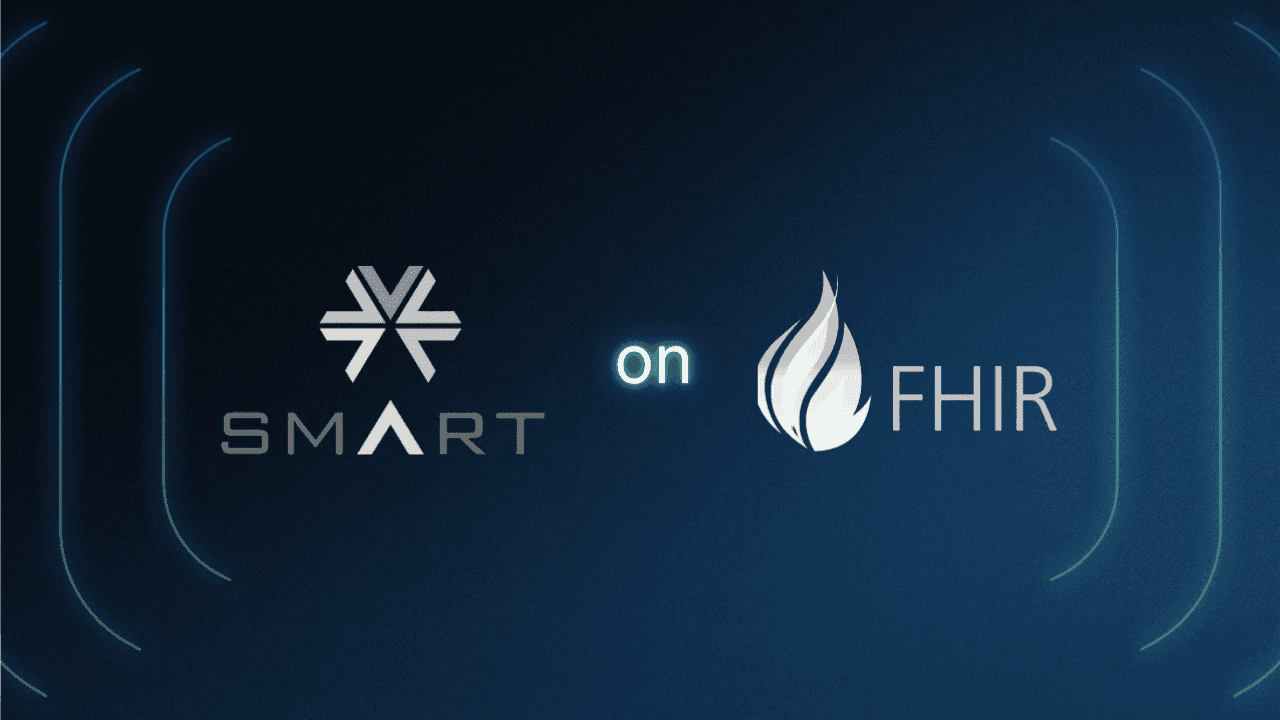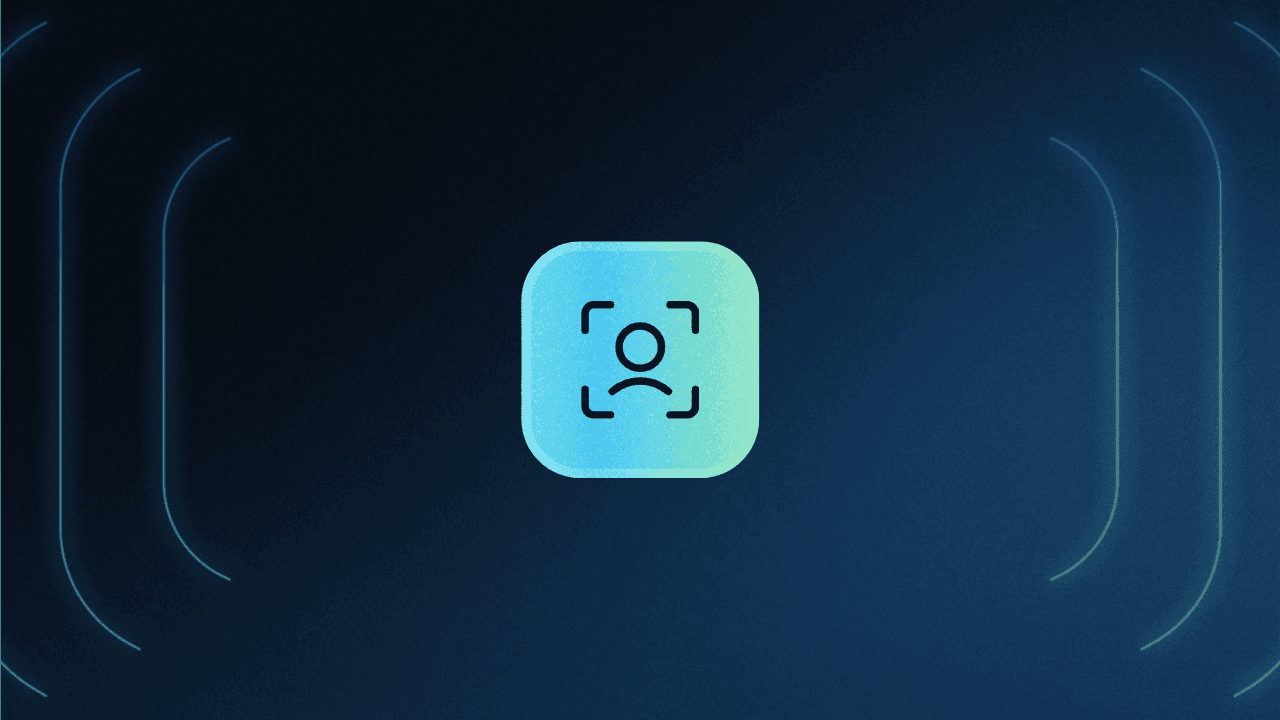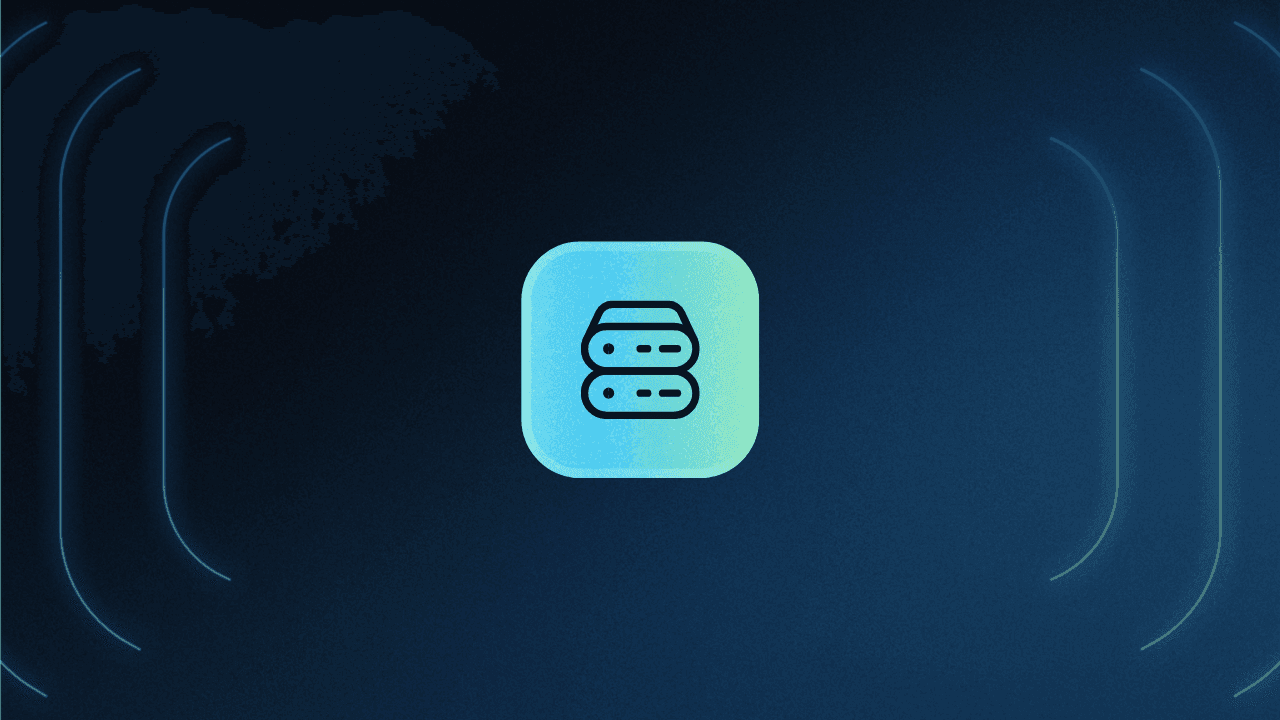Table of Contents
Why SMART on FHIR matters
Healthcare data has come a long way from paper charts and isolated databases. Today, nearly every hospital relies on electronic health records (EHRs), yet interoperability remains elusive. Systems often can’t “speak” to each other, leaving critical patient information locked in silos.
SMART on FHIR, an open framework built on Fast Healthcare Interoperability Resources (FHIR) and modern web standards like OAuth2 and OpenID Connect, changes that. It defines how healthcare apps securely connect to EHR systems, allowing data to flow safely and consistently between platforms, patients, and providers.
The result: faster innovation, improved care coordination, and a new generation of healthcare apps that can run anywhere.
Why SMART on FHIR matters
For healthcare organizations, the pain of fragmented data is well known. Duplicate lab tests, repeated imaging, or missing allergy lists waste time, drive up costs, and risk patient safety. SMART on FHIR eliminates these barriers by creating a universal way for applications to interact with clinical systems.
Key motivations behind the standard include:
Widespread EHR adoption: 95% of U.S. hospitals now use EHRs, yet fewer than half report seamless data sharing beyond their networks.
Integration efficiency: Traditional data interfaces can cost up to $1M and take a year or more to implement. SMART on FHIR replaces that with reusable, standards-based connections.
Regulatory compliance: The 21st Century Cures Act and ONC interoperability rules now mandate open, secure access to patient data.
Patient and clinician demand: Both groups expect apps that “just work,” regardless of vendor or system.
Once implemented, organizations can focus on what SMART on FHIR truly enables: seamless, standardized workflows that drive value for clinicians, patients, and researchers alike.
SMART on FHIR use cases
SMART on FHIR, when implemented properly, enables real-world improvements across clinical care, patient engagement, and population health by ensuring data can move and be understood securely across systems.
Clinician efficiency: A cardiologist using a SMART-enabled app can instantly view a patient’s complete history, like labs, medications, and encounters, from multiple hospitals. This unified view eliminates redundant tests, reduces administrative time, and improves diagnostic accuracy across specialties.
Patient empowerment: A person managing chronic asthma can use one mobile app to access care plans, prescriptions, and test results from all their providers. Instead of juggling multiple portals, they gain a continuous, accurate view of their health, leading to better adherence and engagement.
Public health and research: Regional agencies can aggregate de-identified FHIR data from clinics and hospitals to track disease trends, measure outcomes, and identify care gaps. Researchers benefit from faster data access without the burden of manual normalization.
These real-world examples highlight what SMART on FHIR makes possible when interoperability works as intended. To understand how it achieves this seamless data exchange, it helps to look at the core components that power the framework.
Components of SMART on FHIR
At its core, SMART on FHIR combines three foundational elements that make secure and consistent data exchange possible.

The first is FHIR, which defines a standardized way to represent health information such as patients, medications, and lab results as machine-readable resources. Each resource uses international vocabularies such as SNOMED CT, LOINC, and RxNorm, ensuring that any test or entry means the same thing across every system and application. This shared language allows different EHRs and apps to interpret and act on data consistently.
The second building block is OAuth 2.0 and OpenID Connect, which provide the secure handshake between applications and EHR systems. These protocols govern how apps request access, how users such as clinicians or patients grant permission, and how that access is logged and monitored. They ensure privacy, prevent unauthorized use, and maintain a clear audit trail for every data transaction.
Finally, Launch Context ties it all together. When an app is opened from within an EHR, SMART on FHIR automatically passes along essential details about the user, the patient, and the clinical encounter. This eliminates manual lookups or duplicate data entry and creates a seamless connection between core EHR workflows and third-party applications.
With these elements in place, SMART on FHIR ensures data can move safely between systems. The next challenge is ensuring that every system interprets that data the same way, which is the goal of semantic interoperability.
SMART on FHIR considerations
Semantic interoperability
It’s not enough to just move data from one system to another. True interoperability requires that systems understand what the data means. When every platform codes resources the same way, like a lab result or an allergy entry for example, the receiving system can interpret, compare, or act on that information logically. This shared understanding is what enables functions like:
Accurate decision support and clinical alerts
Reliable analytics for populations and outcomes
Safe medication reconciliation across provider systems
Seamless transitions of care (for example, when a patient moves between hospitals or clinics)
In short, semantic interoperability empowers systems to use data correctly, and that in turn drives safer care, better analytics, and lower friction in integrating tools across the health ecosystem.
Achieving semantic interoperability is only part of the equation. To make it sustainable and compliant, organizations must also secure every transaction and adhere to national standards that govern health data exchange.
Security and regulatory requirements
Security is the foundation of any SMART on FHIR deployment. The same standards that enable interoperability must also ensure data protection, privacy, and accountability across every connection. Core security and compliance measures include:
Using OAuth2 for authentication and authorization to limit access to verified apps and users only.
Implementing OpenID Connect to strengthen user identity validation and control session integrity.
Maintaining detailed audit logs to track every data access event for visibility and compliance.
Reviewing consent management regularly to ensure patient permissions stay current and transparent.
Staying aligned with ONC and regulatory updates to maintain compliance with national interoperability rules.
Strong security and regulatory practices set the foundation for a compliant SMART on FHIR deployment. The next step is putting those principles into action through practical implementation strategies that align people, processes, and technology.
Implementation tips
Adopting SMART on FHIR requires both technical readiness and organizational alignment. These best practices can help ensure a smooth rollout:
Choose certified vendors and apps - Select solutions validated for SMART and FHIR compliance to guarantee consistent data handling, secure authorization, and alignment with ONC standards.
Validate data mappings - Establish checks to confirm that SNOMED, LOINC, and other codes are used correctly. Consistent mapping prevents clinical errors and ensures analytics accuracy.
Train teams effectively - Provide technical staff with hands-on training on FHIR, OAuth, and consent flows, while helping clinicians understand how these standards protect patient privacy.
Audit access regularly - Review which apps connect to your systems, what data they access, and whether consent is current. Routine audits strengthen security and maintain compliance.
Engage clinical and IT leaders early - Involve clinicians to define practical use cases and IT to oversee architecture and governance. Collaboration ensures interoperability enhances real workflows.
When governance, technology, and clinical priorities move in sync, SMART on FHIR provides a strong foundation for continuous innovation.
The foundation of connected healthcare
As interoperability moves from aspiration to expectation, SMART on FHIR provides the playbook. It transforms EHR systems from walled gardens into open ecosystems, accelerating innovation, improving safety, and meeting evolving regulatory requirements.
Apps that wish to implement SMART on FHIR need to invest in dedicated and ongoing expertise in complex standards like OAuth and OpenID Connect, implement user consent management, and securely manage scopes and tokens. Descope abstracts out this complexity and helps healthcare organizations securely adopt SMART on FHIR while saving developer time.
By leveraging Descope Inbound Apps, organizations can turn their app into an OAuth Provider, create customizable user consent flows and configure scopes and permissions. Descope will issue access tokens containing the required SMART claims and scopes, which can be forwarded to the EHR’s FHIR server to access protected healthcare data on behalf of the user.
Sign up for a free Descope account to get started with your SMART on FHIR implementation. Have questions? Book a demo with our team.




